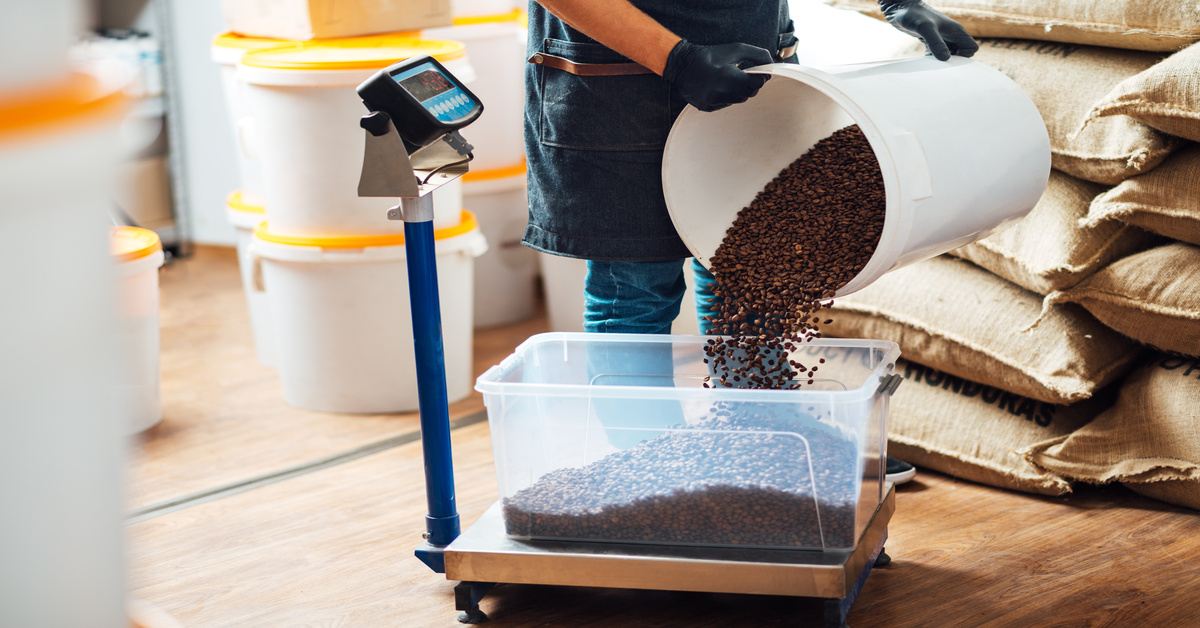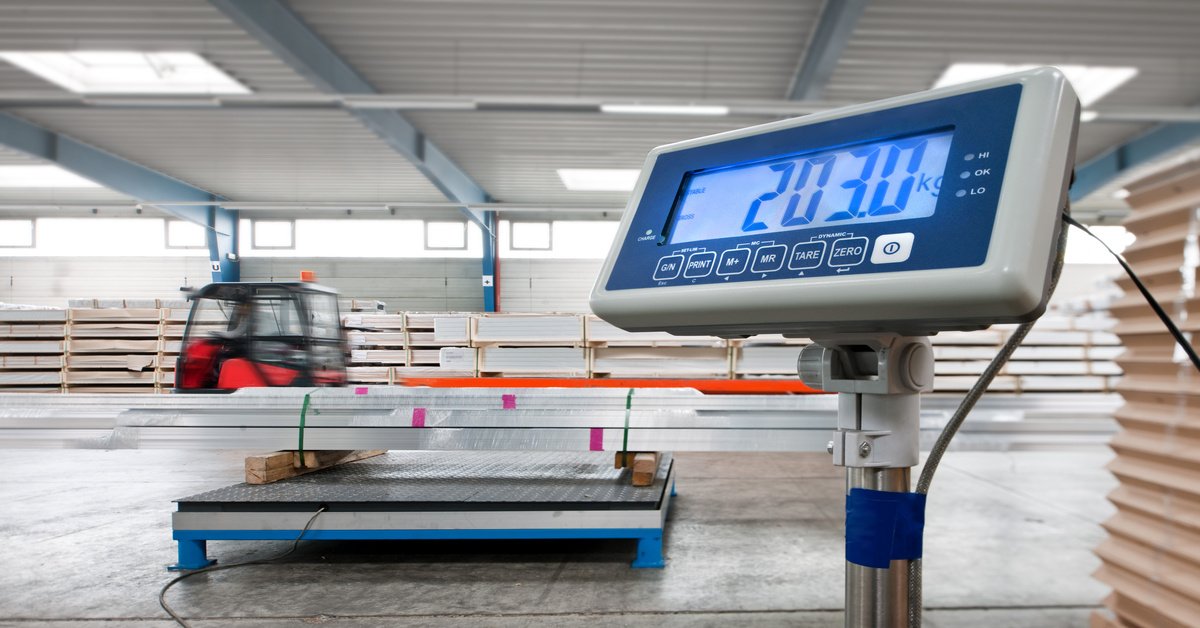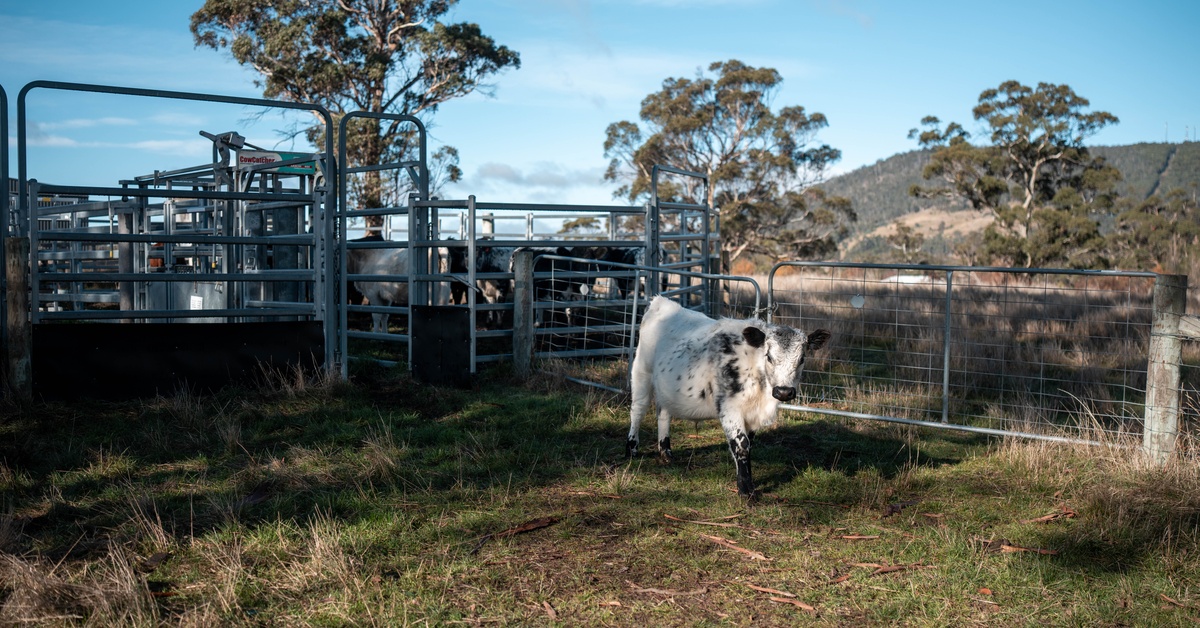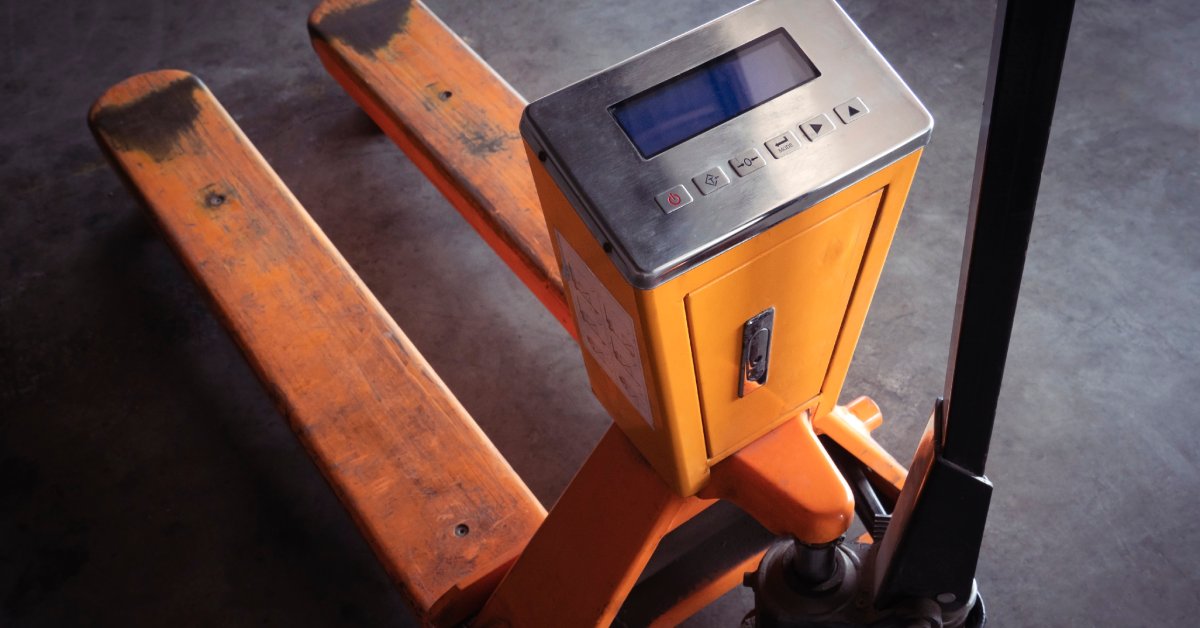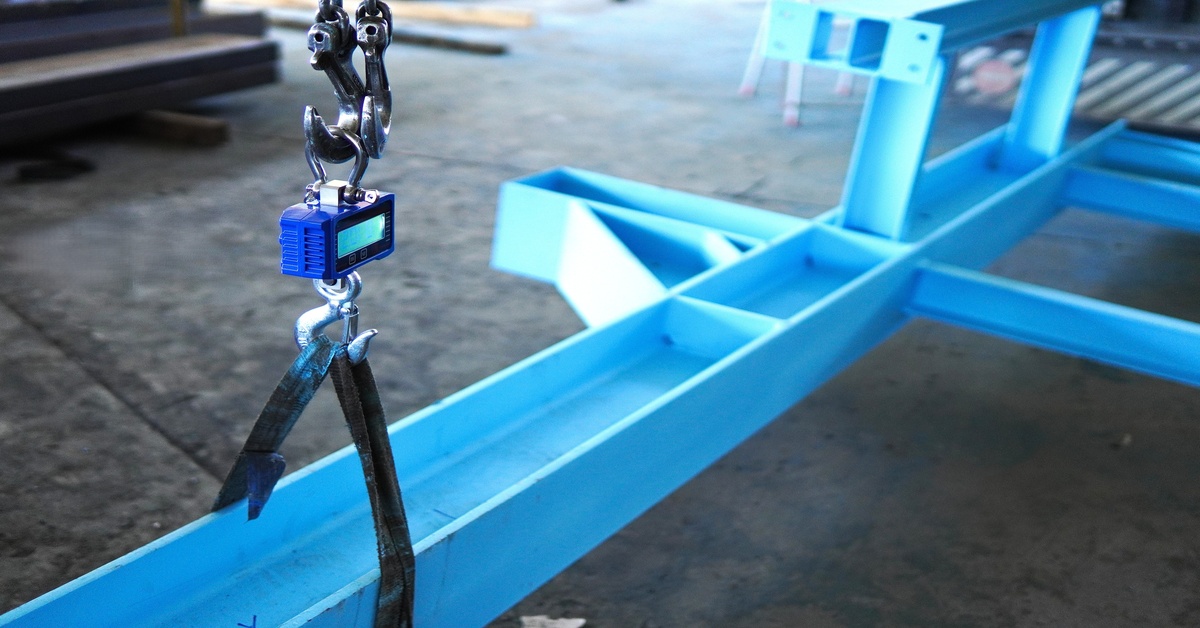Uncover the full story behind NTEP and ISO 9001 compliance for veterinary weighing scales so you can find a reliable scale from a reputable supplier right now.
Calibration Techniques for Precision Axle Load Scales
Learn the proper techniques for calibrating axle load scales. Our guide covers the step-by-step process for obtaining accurate, reliable weight measurements.
Weight Scale Certifications: OIML Explained
Get a clear breakdown of the International Organization of Legal Metrology and its importance. Here is OIML explained for weight scale certifications.
Platform Scale Terminology: What Is Hysteresis?
Learn what hysteresis means for platform scales, why it matters for your business, and how to manage it for more accurate and reliable weighing.
Network Integration for Smart Warehouse Scales
Integrating weigh scales into your warehouse’s network offers many operational advantages. Learn more about network integration for smart warehouse scales here.
Concrete vs. Steel Deck Truck Scale Durability
Choosing between concrete and steel deck truck scale durability affects your operation’s long-term costs, maintenance schedule, and weighing accuracy. Both materials handle heavy loads, yet each brings distinct advantages and trade-offs worth examining before you commit to a purchase. What Makes Concrete Truck Scales Stand…
Livestock Scale Data Integration: Bluetooth Herd Management
Ranchers and farmers have long understood the importance of monitoring livestock weight, as healthy weight gain is a key indicator of overall herd health and market readiness. However, traditional methods often involve manual recordkeeping, which is time-consuming and prone to human error. Modern technology now…
IP Ratings for Pallet Jack Scales Explained
Selecting the right industrial scale requires careful consideration of your work environment. For pallet jack scales used in warehouses with dust, debris, or moisture, ensuring the equipment’s durability against these conditions is a top priority. This is where Ingress Protection (IP) ratings become relevant. Fully…
Load Cell Crane Scales: Shear Beam vs. Compression Design
When you need to weigh heavy, suspended loads, you must choose the right equipment for safety and accuracy. You can make the ideal choice for your specific application when you understand the differences between load cell crane scales, specifically shear beam and compression design. Both…
Veterinary Floor Scale Accuracy: Load Cell Placement Impact
Veterinarians must measure weight accurately to diagnose conditions and calculate treatment dosages correctly. When engineers design veterinary floor scales, they must place the load cells carefully to maintain the scale’s accuracy. Veterinarians should understand how load cell placement impacts veterinary floor scale accuracy. This knowledge…


